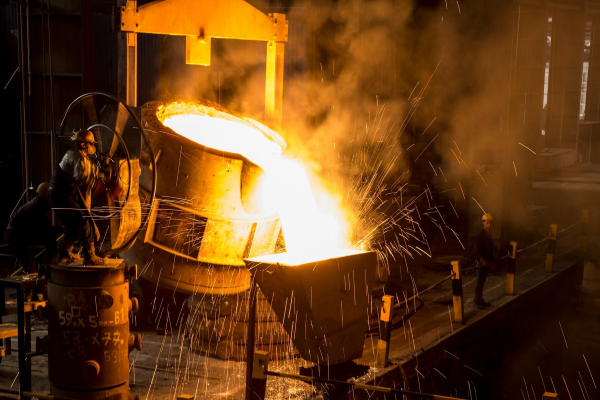The UK-based Institutional Investors Group on Climate Change (IIGCC) has reviewed the European Commission’s Steel and Metals Action Plan and the Transition Pathway for the European metals sector, concluding that, while both initiatives contain useful insights, they lack the long-term clarity needed to guide investment in Europe’s green steel transition.

Steel and Metals Action Plan
Published in March 2025, the plan is the commission’s official policy framework for short- to medium-term measures. It focuses on six pillars: affordable clean energy, carbon leakage prevention, industrial capacity protection, circularity promotion, defending quality jobs and de-risking investments.
Its strength lies in clear immediate actions such as procurement criteria for green steel and support for Contracts for Difference (CfDs). These measures align with investor expectations. However, the plan does not provide a long-term trajectory for emissions reductions, nor does it set out a transparent financing strategy that would guide institutional investors beyond the short term.
Transition Pathway
The Transition Pathway, developed with industry input, offers a much broader analysis. It covers 15 topics and over 60 actions, ranging from competitiveness and raw materials to infrastructure and workforce skills. The report is praised for highlighting interdependencies, particularly around energy costs and trade.
Yet, the pathway is not officially endorsed by EU policymakers, which reduces its credibility with investors. It also lacks concrete technology roadmaps for steel, specific emissions milestones, and quantified investment requirements beyond 2030, making it less useful as a long-term investment signal.
Investor concerns
The IIGCC acknowledged that both documents align with its core policy priorities: ensuring access to clean and competitively priced power, stimulating demand for green steel, improving circularity, and supporting a fair workforce transition.
However, according to the IIGCC, several gaps undermine investor confidence. The documents do not address upstream methane emissions from coal mining, set clear deadlines for full decarbonization, or establish systematic tracking of investment flows. Crucially, they also fail to define the scale of long-term investment needed for Europe’s steel transition.
IIGCC’s conclusion and recommendations
IIGCC concludes that both the Action Plan and the Transition Pathway are valuable first steps, but insufficient to serve as sectoral decarbonization roadmaps.
Future EU policies should:
- Provide long-term signals on emissions reduction and sector targets.
- Clarify financing strategies to attract institutional capital.
- Align more closely with EU-wide 2050 climate neutrality goals.
- Publish a comprehensive, commission-backed steel decarbonization roadmap.
Such a roadmap would significantly improve investor confidence and unlock capital for Europe’s green steel transition.